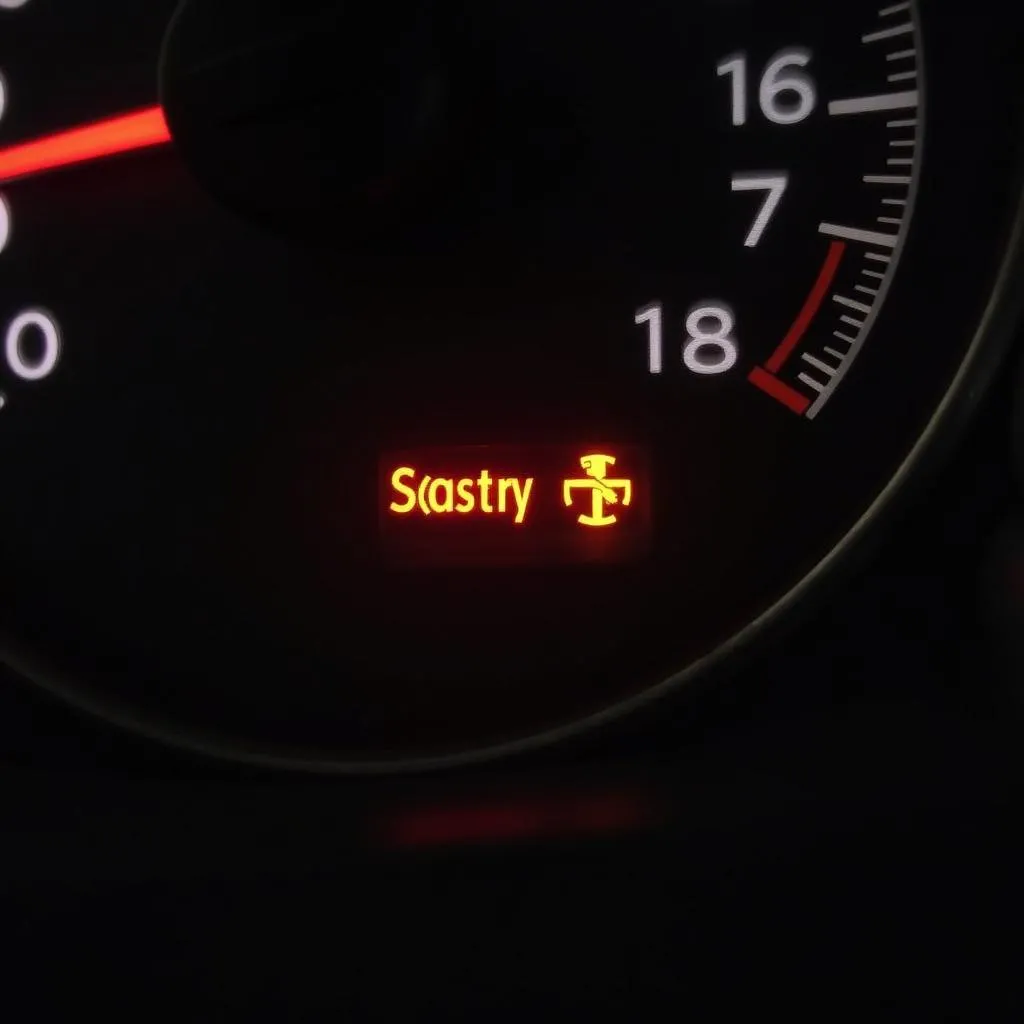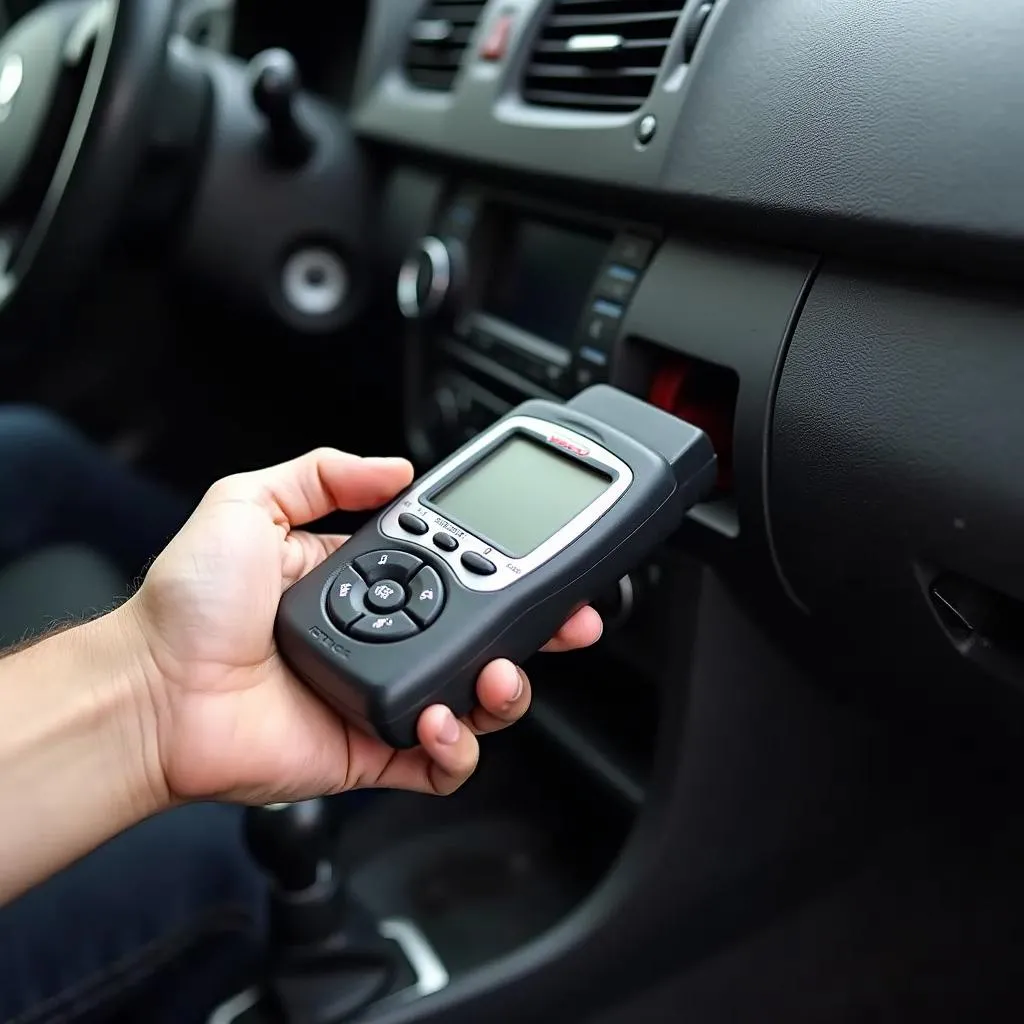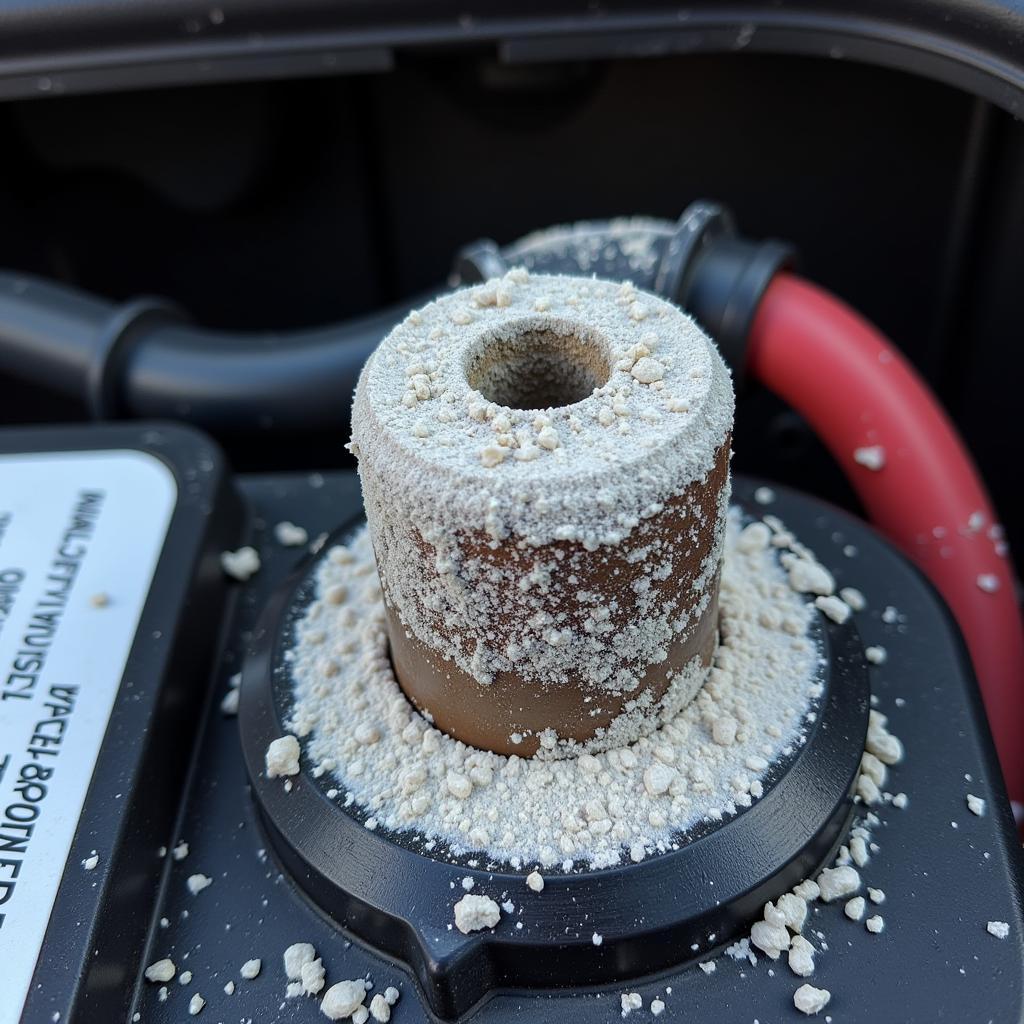A malfunctioning anti-theft system can be incredibly frustrating, leaving you stranded with a car that won’t start. While the complexity of these systems can vary, this guide will provide you with practical steps to troubleshoot and potentially fix common anti-theft system issues.
Understanding Your Anti-theft System
Modern vehicles often utilize a transponder chip embedded in your key. When inserted, the ignition cylinder reads this chip. If the chip’s signal matches the vehicle’s system, the engine is allowed to start. If there’s a mismatch, the anti-theft system activates, preventing the engine from starting.
Common Signs of Anti-theft System Problems
Identifying a problematic anti-theft system is the first step toward a solution. Here are some telltale signs:
- Rapidly flashing security light: This is often the most obvious indicator.
- Engine cranks but doesn’t start: Your engine may turn over, but the anti-theft system is preventing ignition.
- Key fob malfunctions: If your key fob is unresponsive, it might be an issue with the key itself or the vehicle’s receiver.
 Car dashboard with warning lights illuminated
Car dashboard with warning lights illuminated
Tools and Equipment You Might Need
While some fixes are simple, others might require:
- Spare Car Key: Attempting to start your car with a spare key can rule out a faulty key.
- Code Reader: This device can read and sometimes clear error codes from your vehicle’s computer.
- Battery Charger/Jumper Cables: A weak battery can sometimes trigger anti-theft issues.
- Owner’s Manual: Your vehicle’s manual often contains troubleshooting steps specific to your make and model.
Troubleshooting and Fixes
1. Check Your Car Battery
A weak battery can cause erratic behavior in the anti-theft system. Use a multimeter or jump-start your car to ensure sufficient battery power.
2. Try a Spare Key
If your primary key is damaged or its battery is depleted, the anti-theft system might not recognize it. Test with a spare key.
3. Inspect the Ignition Cylinder
A dirty or obstructed ignition cylinder can prevent the key from being read correctly. Use compressed air to clear any debris.
 Cleaning a car ignition cylinder
Cleaning a car ignition cylinder
4. Reset the System
Sometimes, simply resetting the anti-theft system can resolve the issue. This is often done by disconnecting the battery for a short period and then reconnecting it. The exact procedure for your vehicle can be found in your owner’s manual or online resources.
5. Consult a Professional
If the problem persists, it’s time to seek expert help. A qualified mechanic or an auto locksmith specializing in anti-theft systems will have the knowledge and tools for a more in-depth diagnosis and repair.
Frequently Asked Questions
Q: Can I bypass the anti-theft system myself?
A: While it might seem tempting, bypassing the system is not recommended. It compromises your vehicle’s security and might even be illegal in some areas.
Q: How much does it cost to fix an anti-theft system?
A: The cost varies widely depending on the problem, vehicle make and model, and labor rates. Simple fixes like a new key battery might only cost a few dollars, while more complex repairs could cost several hundred.
Q: What if my check engine light is on along with the security light?
A: This could indicate a more serious issue. Using a code reader, like those offered by Cardiagtech, can provide valuable information about the specific problem codes stored in your vehicle’s computer.
 Using an OBD2 code reader on a car
Using an OBD2 code reader on a car
Need More Help?
Anti-theft system issues can be complex. If you’re still experiencing problems, don’t hesitate to contact Cardiagtech for assistance. We offer a range of diagnostic tools and resources, including remote programming and software installation services, to help get you back on the road quickly and safely.
Remember, a properly functioning anti-theft system is crucial for your vehicle’s security. By addressing issues promptly and seeking expert help when needed, you can ensure peace of mind knowing your car is well-protected.


